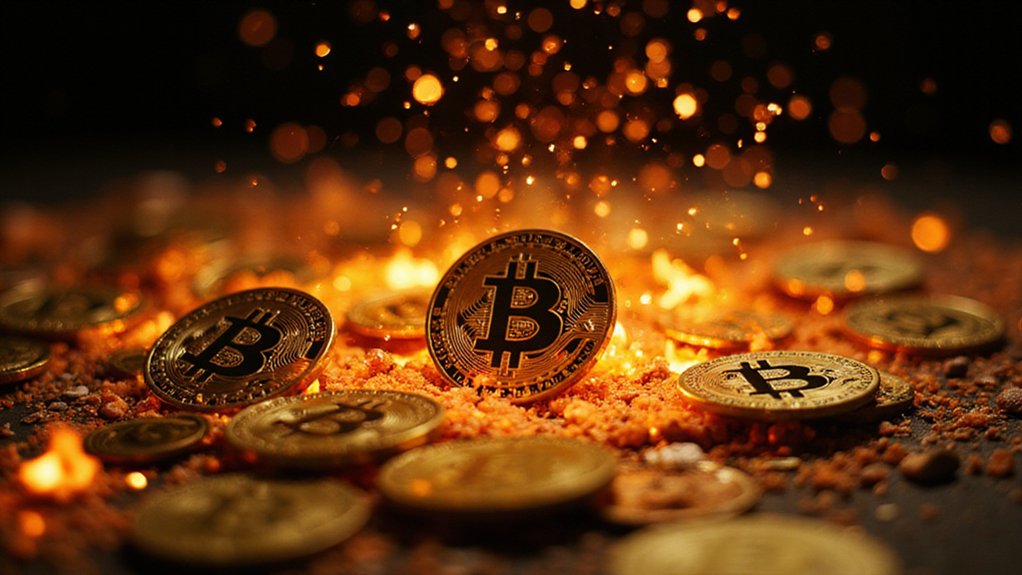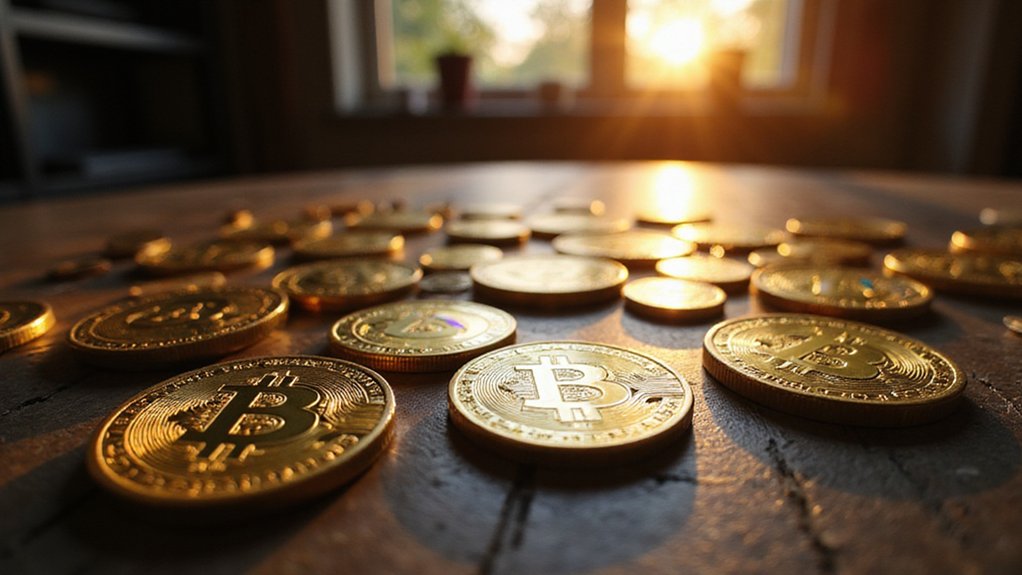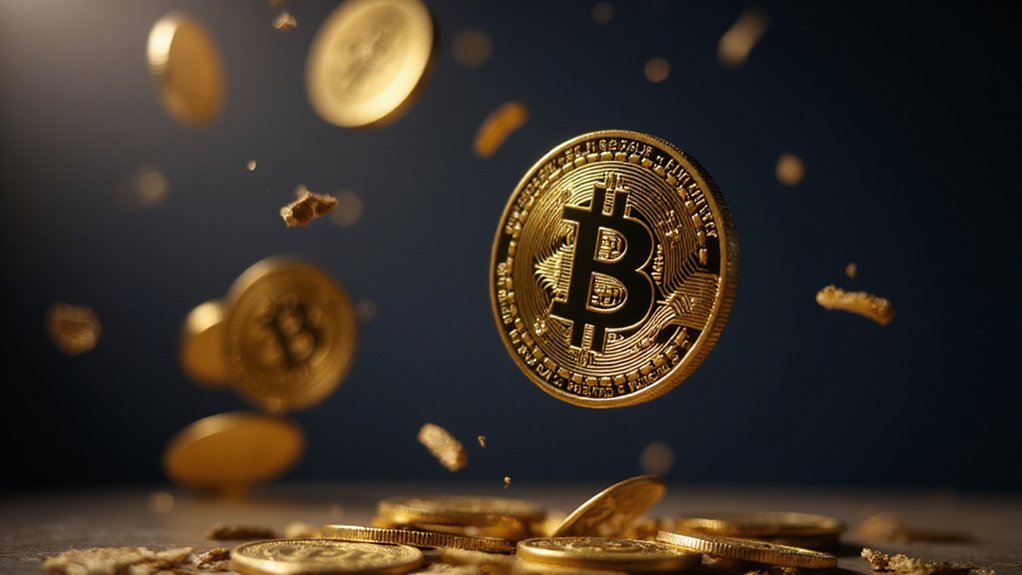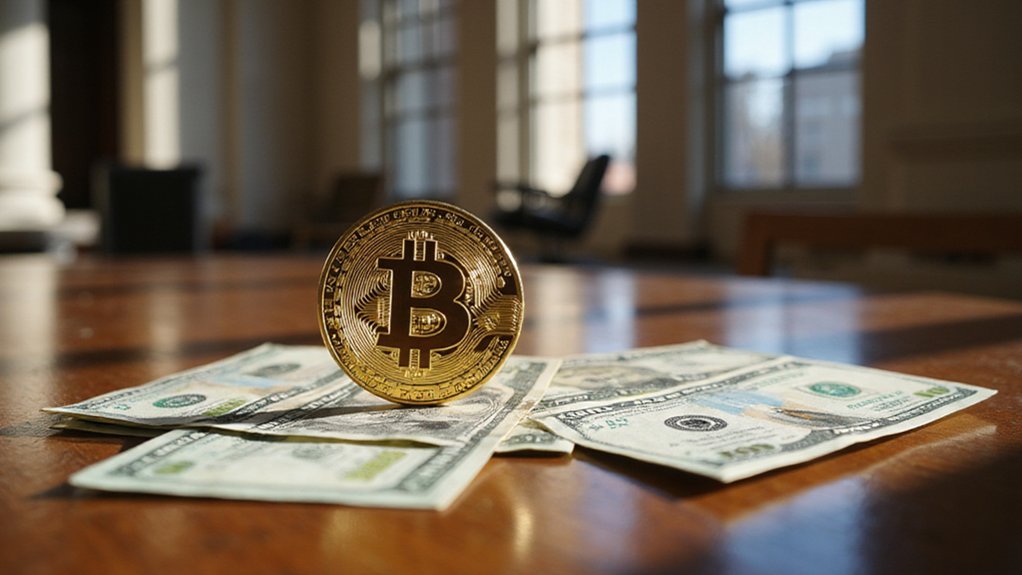The crypto winter’s latest casualty appears to be the altcoin sector itself, which has endured a particularly brutal beating as digital asset markets surrendered 18.6% of their total capitalization during Q1 2025.
The altcoin massacre has claimed another quarter, with digital assets bleeding nearly a fifth of their market value in three brutal months.
While Bitcoin’s dominance surged to 59.1%—a threshold not witnessed since early 2021—altcoins found themselves in the uncomfortable position of funding this monarchical resurgence through their own decimation.
The narrative of cryptocurrency as a refuge from traditional market turbulence has grown increasingly threadbare, particularly for alternative tokens that once promised revolutionary returns.
Regulatory shifts throughout the quarter created an environment where investors, faced with mounting compliance costs and uncertain legal frameworks, began questioning whether the altcoin casino was worth the regulatory roulette.
The result? A pronounced flight to Bitcoin’s relative safety, leaving smaller tokens to contend with dramatically reduced market share.
Institutional money tells a more nuanced story, however.
Venture capital investment reached $4.9 billion in Q1 2025, suggesting that while retail investors retreat, sophisticated players recognize opportunity amid the carnage.
This divergence reflects a maturing market where professional capital seeks undervalued assets while amateur traders flee volatility—a dynamic that has historically preceded significant market reversals.
The technological integration of artificial intelligence into altcoin ecosystems offers a compelling counternarrative to the current descent.
Yet these advancements compete against macroeconomic headwinds and geopolitical tensions that continue undermining investor confidence across risk assets.
The irony is palpable: as altcoins develop genuine utility through AI integration, their market positioning deteriorates due to factors entirely divorced from their technological merit.
Average daily trading volumes declined substantially, indicating not merely price weakness but genuine disengagement from the sector.
This withdrawal of liquidity creates a feedback loop where price volatility increases, further deterring participation from stability-seeking investors who might otherwise provide foundational support.
The altcoin sector now faces a peculiar paradox—technological advancement coinciding with market retreat. The broader cryptocurrency market remains valued at $2.66 trillion, maintaining levels near the historic 2021 peak despite altcoin struggles.
Whether this represents a temporary correction within a broader adoption cycle or signals a more fundamental shift toward Bitcoin maximalism remains unclear.
What seems certain is that altcoins’ claim to safe-haven status has evaporated, replaced by the sobering reality of speculative asset behavior during uncertain times. The crypto landscape is transitioning from speculation to tangible utility, though this evolution has yet to stabilize altcoin valuations.
Meanwhile, the S&P 500 posted a +0.8% gain, demonstrating how traditional markets have shown resilience while crypto alternatives struggle to maintain their footing.








